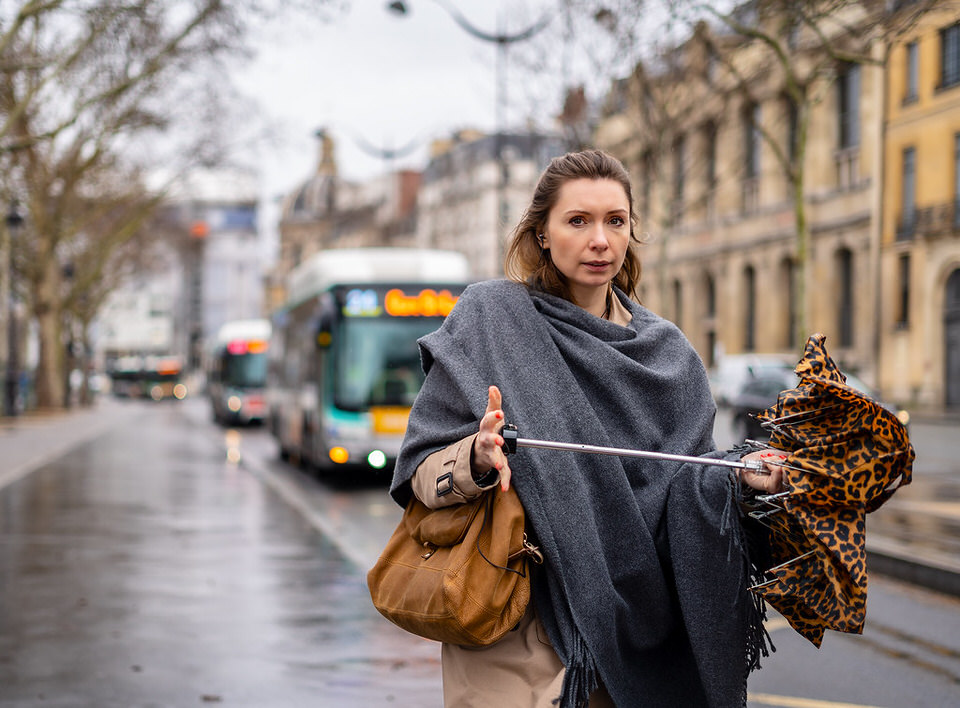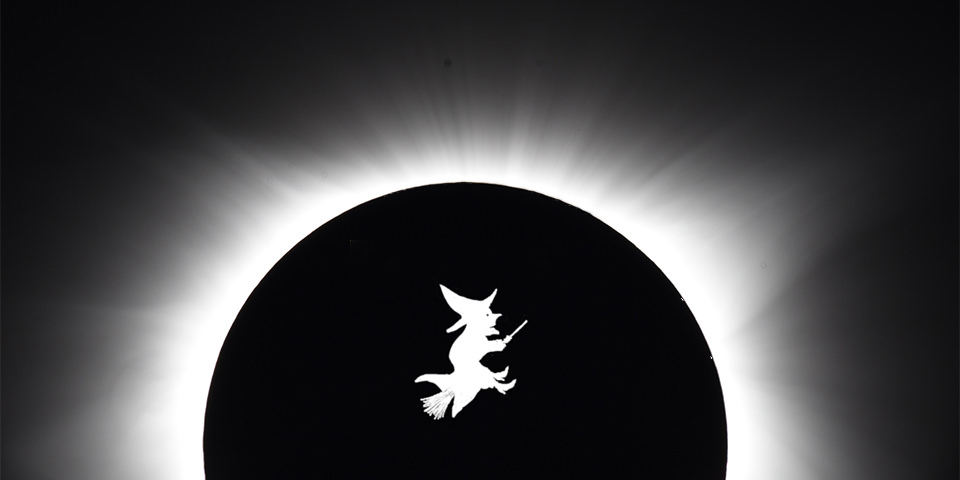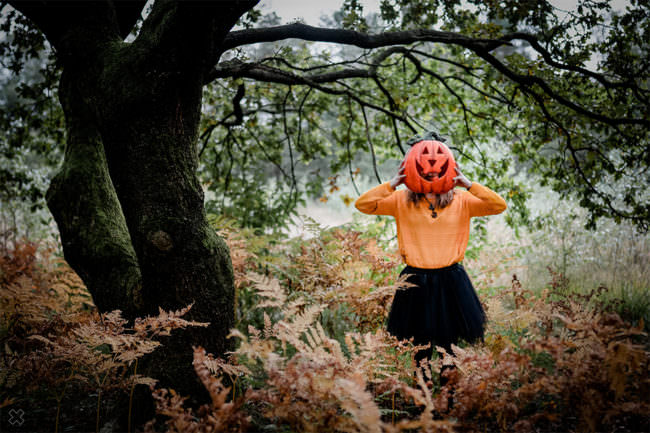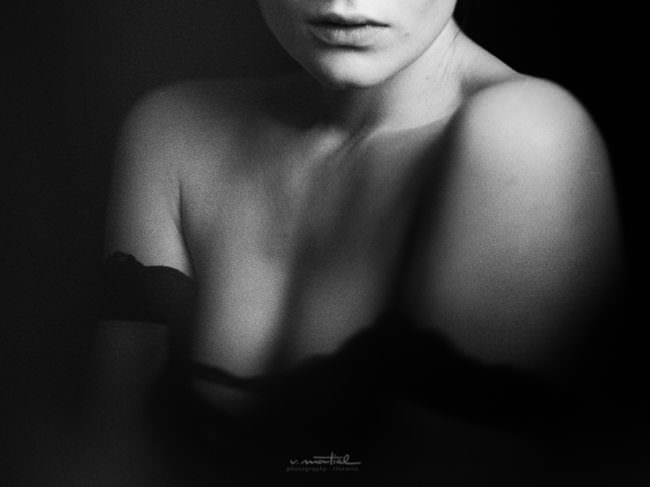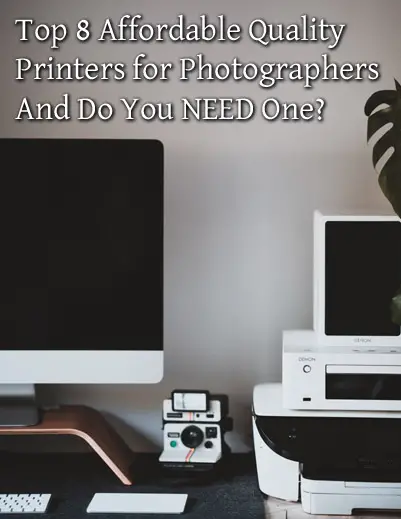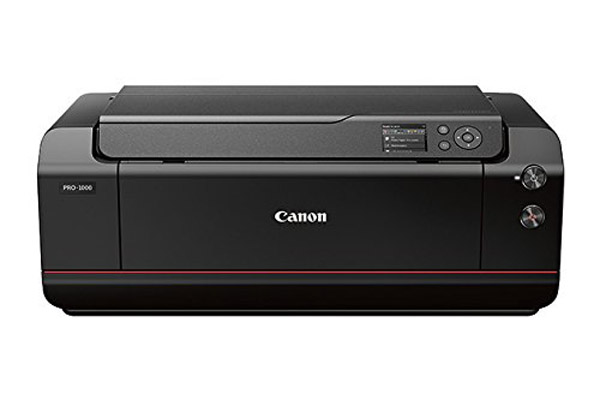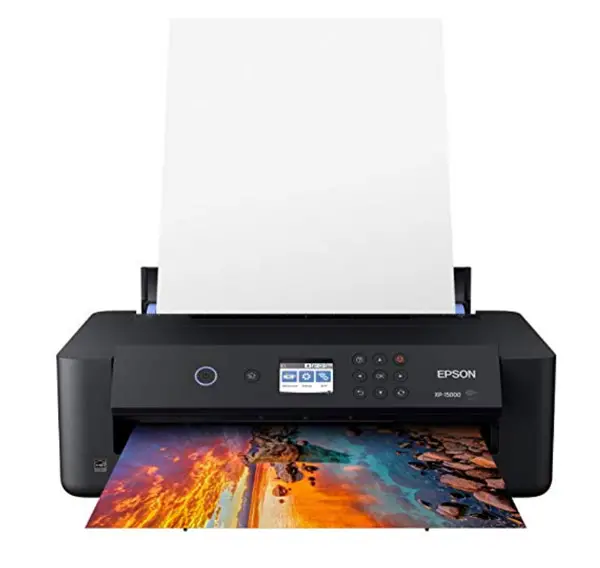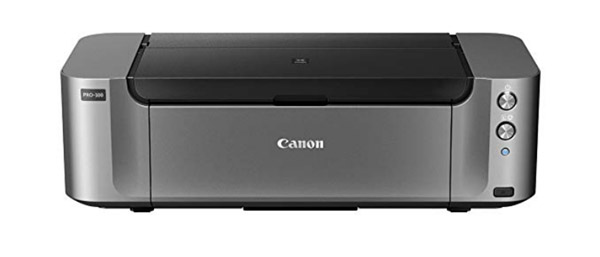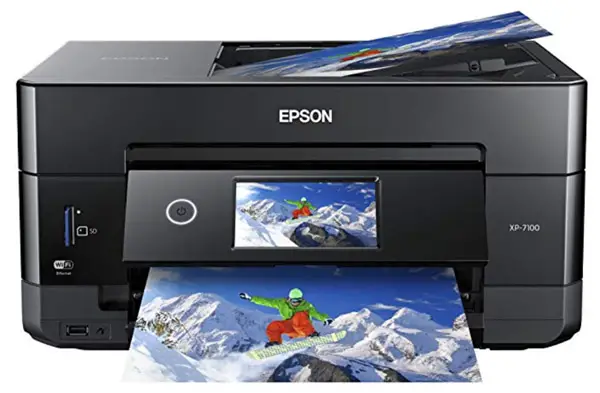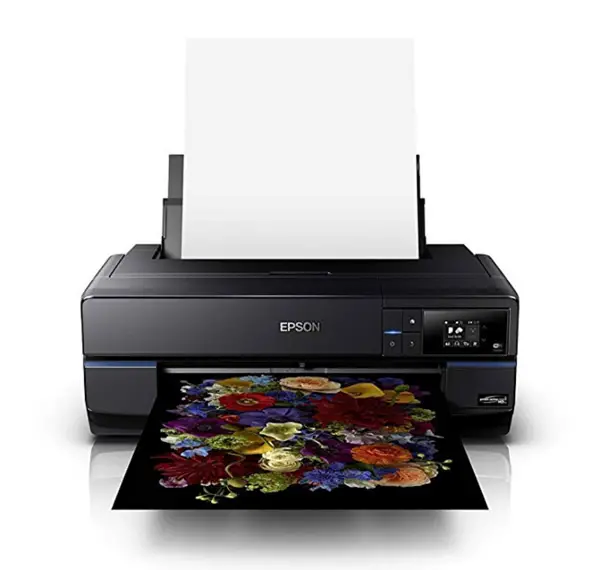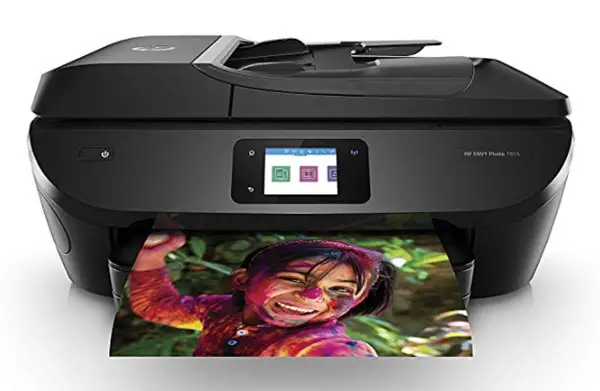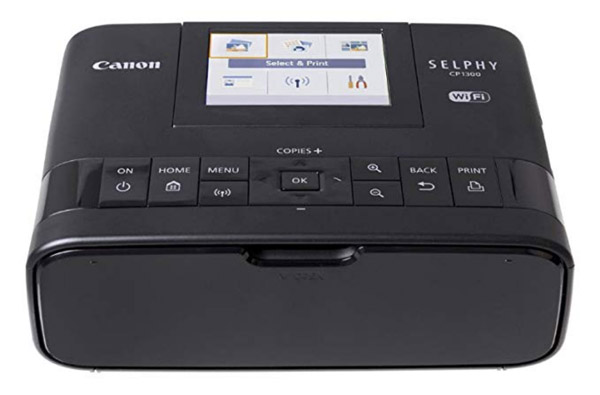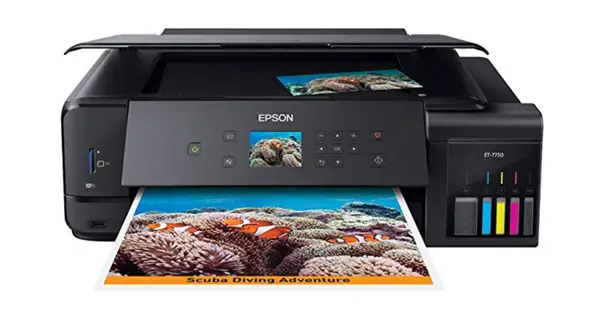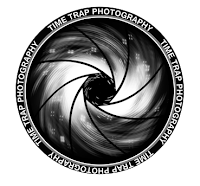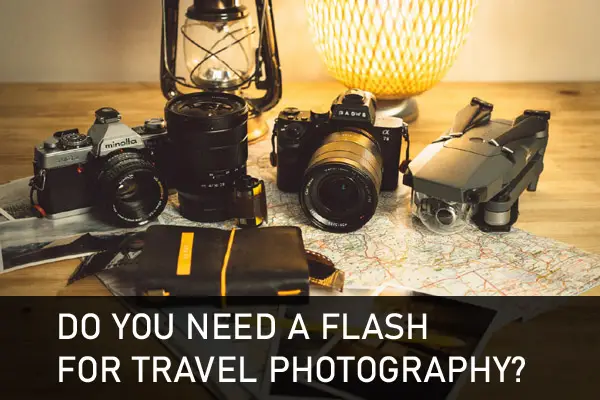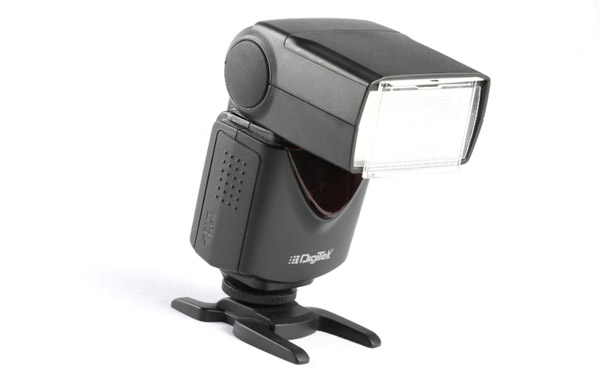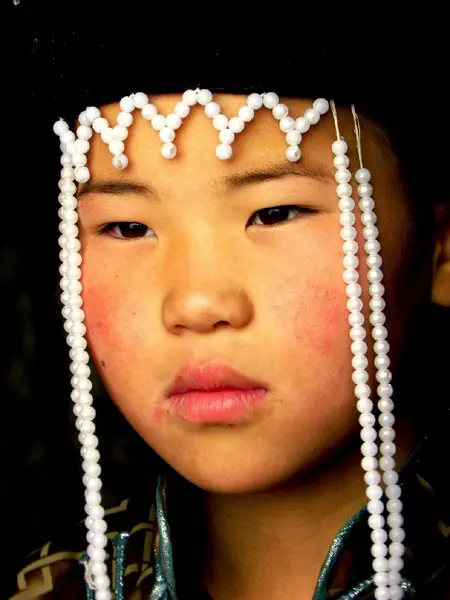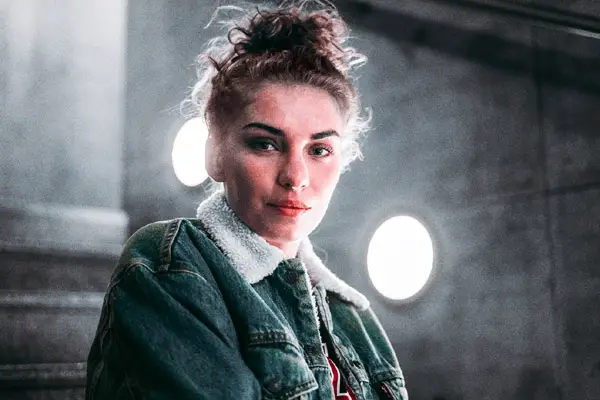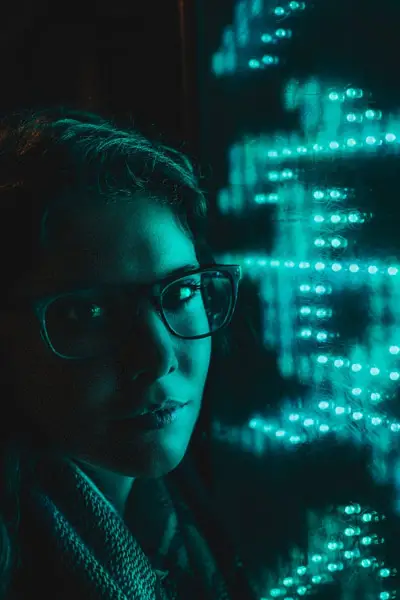Photography Ban Outside of the Arizona State Supreme Court Might Be Unconstitutional, Critics Argue

Photographers have a lot of different battles to wage in the modern age and maintaining the right to practice our profession is chief among them.
One thing that is a perennial issue in the community is that of public photography. Broadly, in most places, privacy is not a reasonable expectation in a public place and the laws reflect that.
This often underlines the rights of many street photographers and others to photograph and video outside in public spaces. But this is a right that is always under fire and also as frequently misunderstood.
And apparently a court case in Arizona could shed some more light on the modern approach to this area of photography as a ban on public photography in and around the Arizona Supreme Court is highlighting a constant issue in our world but one that, for most of us, is pretty well adjudicated at this point.
So why the ban? The court says that the photography ban is to protect witnesses and others from “abuse and intimidation” according to PetaPixel. Yet it also violates the rights of photo journalists as well.
The order came from Arizona Supreme Court Chief Justice Robert Brutinel on October 16th and empowers court officials to ask for recording or photography to cease and anything already captured to be deleted. If the person doesn’t comply, law enforcement can be called to enforce the order.
The central issue is whether or not photo journalists have a right to take pictures or video as part of their jobs and in general with local Arizona attorney Dan Barr saying, “It’s unconstitutional…You put photographers in this untenable position of wondering whether they’re violating that court order in doing a routine part of their job.”
Again, many people think is a settled matter and it should be interesting to see if the Arizona court rescinds the judge’s order and falls in line with accepted practice in much of the United States or if they choose to force an issue that, in many parts of the United States, is firmly settled law.
What do you think? Does the Arizona State Supreme Court have a leg to stand on in this instance? Let us know what you think in the comments below.
Also, check out our other photography news articles on Light Stalking by clicking here.
[PetaPixel]Light Stalking https://ift.tt/2NsnrRu
Sourced by Time Trap Photography sharing the best photography tips, news and tricks throughout the industry. Time Trap Photography is dedicated to freezing those special moments in life that can be revisited and admired for generations to come. - Shannon Bourque
Please visit our main site for booking availability and rates.

Receive valuable industry knowledge delivered free to your email each day.








